What is wood made of? Do you know exactly what is wood and what does it mean?
Do you know the wood properties and physical and chemical structure of the wood?
Join us today with wooddad to fully explore the concept and structure of wood from the scientific, commercial and industrial standpoint.
Surely after reading this comprehensive article, you will have a much deeper understanding of the structure of the wood.
Wood is one of the best and most profitable raw materials of nature, and without it, mankind never reaches the level of progress and prosperity.
To answer the question of what the wood is made of, we have to ask in what aspect? Chemically? Physically? Botany? Macroscopic or microscopic?
In the following, we will look at wood from different perspectives.
Wood, in terms of botany, is a solid and hard part under the skin of a tree stem or other woody plant that is in the form of vascular tissue.
In fact, woods are an organic material that made of a natural composite of cellulose fibers.
Although in general, wood is found only in a tree and plant, it is scientifically found in all vascular plants.
Wood is one of the most complex chemical compounds, which consists of oxygen (44%), carbon (49%), hydrogen (6%) and a small amount of nitrogen. as well as cellulose polymers (40 to 50%), hemicellulose (10 Up to 30%), lignin (20 to 30%).
Lignin is one of the phenolic compounds that play cement in the woody building.
The major part of the wood is made of carbon hydrate compounds. Trees are absorbed from the air, as well as water and minerals from the ground, the tree makes these carbon hydrates and stores them in the tissues. 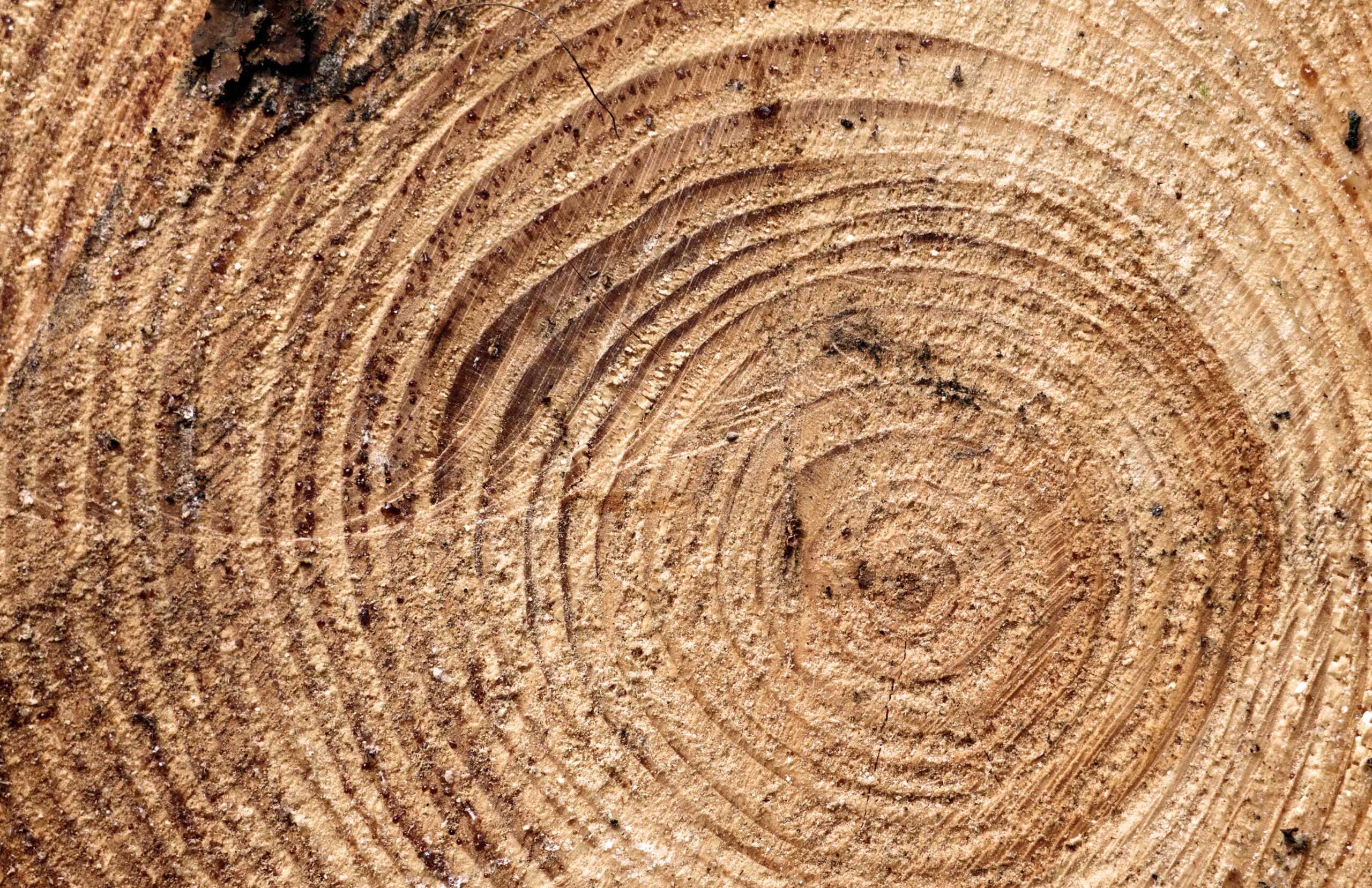
Lichtenberg Wood Burning eBook
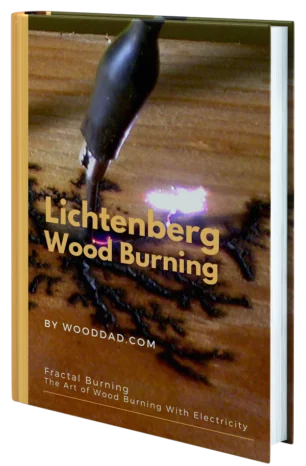
Download Lichtenberg Wood Burning eBook
One of the modern techniques for creating wooden artwork is called Lichtenberg wood Burning. In this eBook, we are going to introduce this newfound art to you.
This technique is known with some different names such as Lichtenberg wood burning, fractal wood burning, and electricity wood art.
This technique should not be confused with wood burning art or pyrography. The art of pyrography on wood is the art of creating motifs and designs by burning with hot metal tools on objects such as wooden surfaces.
Lichtenberg burning is a wood-burning technique for creating designs with electricity.
This eBook is a comprehensive guide on Lichtenberg Wood Burning. All you need to know for Lichtenberg Wood Burning is here.
This is a limited-time offer, order now to get access to the future eBook releases.
Cellulose
Cellulose is a key component of wood.
In most species, about 40 to 45% of dry wood is cellulose.
Cellulose is a homopolysaccharide composed of glucose units.
Cellulose molecules are completely linear and have a strong tendency to form intermolecular hydrogen bonds.
The chemical formula for cellulose is as follow: (c6h10o5)n
Lignin
Lignin is a complex polymer made from molecular units of phenylpropane, which is absorbed in the form of amorphous and mixed with halo cellulose in layers of cellulose.
After cellulose, lignin is the most common component in the structure of woody and non-woody plants.
Dry wood contains about 25% lignin, which is located in the cell wall and in the outer part of the cell. Lignin acts as a cell wall connector. 
The physical structure of the tree wood is very simple. It consists of two main parts:
A ) sapwood: An outer part adjacent to the plant’s skin, which physiologically is actually an active part of the wood.
B) Heartwood: In fact, the interior part of the tree is composed of dead cells, it is darker than the sapwood and it is generally harder and more durable.
It should be noted that, as soon as the diameter and age of the tree are increased, the Heartwood grows to the extent that it forms the bulk of the tree trunk. 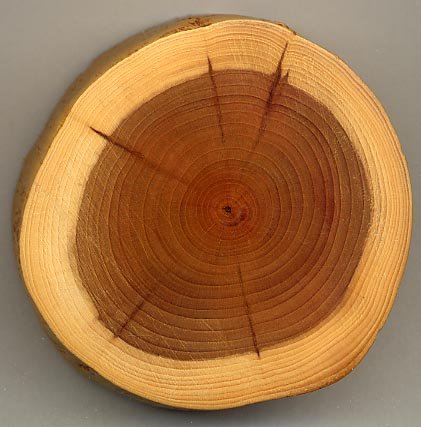
1. It is much easier to prepare than other materials and is cheaper than them.
2. Wood resistance is physically almost equivalent to other similar materials and is a lightweight material that is easily formed.
3. Wood Due to its granularity and granular building, the bolt and nail can easily fall into it.
4. Wood, despite its lightweight, has a lot of resistance.
5. The conductivity of heat and electricity in the wood is very poor and in fact, is negligible; therefore, wood is used for a variety of tools, electrical and thermal equipment, and other insulation products.
6. Wood is very high in acoustic properties, and because of its lack of sound conductivity, in most large buildings, radio and television studios, lecture halls, amphitheaters, hall Cinemas and even residential houses are being used.
7. The wood’s expansion is very low due to thermal changes, and the wooden parts of a wooden device do not deform or break up in any way due to the increase in the temperature.
8. The wood resistance against acids, alkalis and other chemicals is more than the rest of the material. Therefore, for the manufacture of chalk (wooden cylindrical container), the storage and transport of paint, medicine, acid, etc. are being used.
9: Woodworking projects can be easily detached from each other.
10: Wood, do not freeze, oxidized, and can’t be damaged, like the rest of the material, in extreme cold and heat.

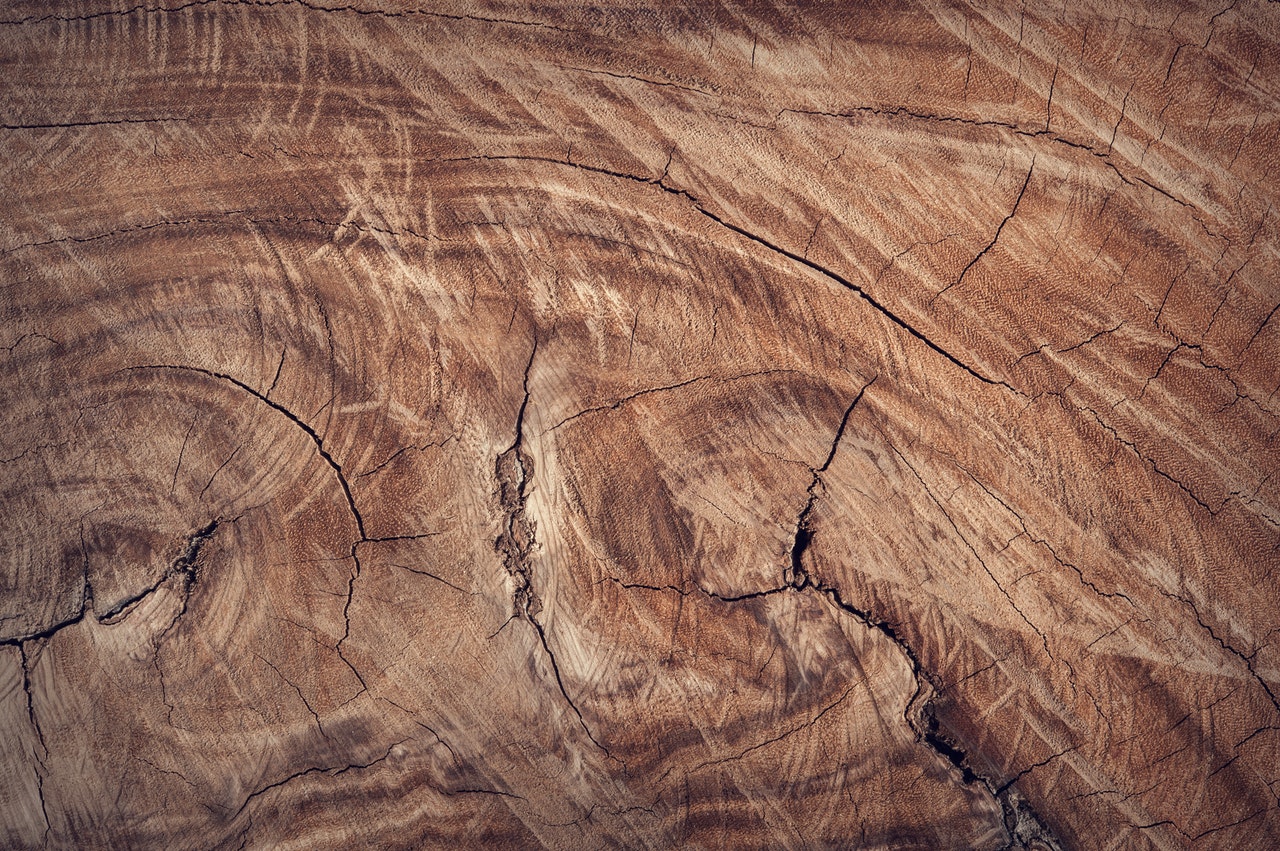
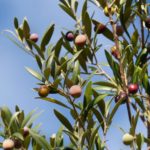
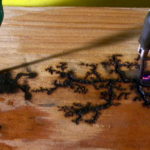
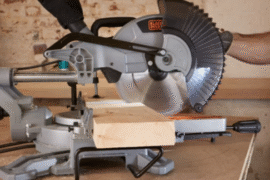

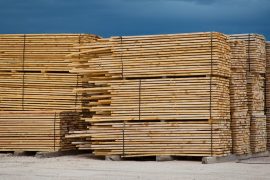
Comments
Pingback: How Hot Does Wood Burn? | Wood Dad
Pingback: Why Does Wood Float on Water? | Wood Dad
Pingback: Animals That Eat Wood | Wood Dad
Pingback: Seasoned Wood, Everything You Need to Know | Wood Dad
Pingback: 3 Cool Ways To Find Directions Using Trees | Wood Dad
Pingback: Natural Wood Colors Chart | Wood Dad
Pingback: Rot-Resistant Wood Chart - Wood Dad